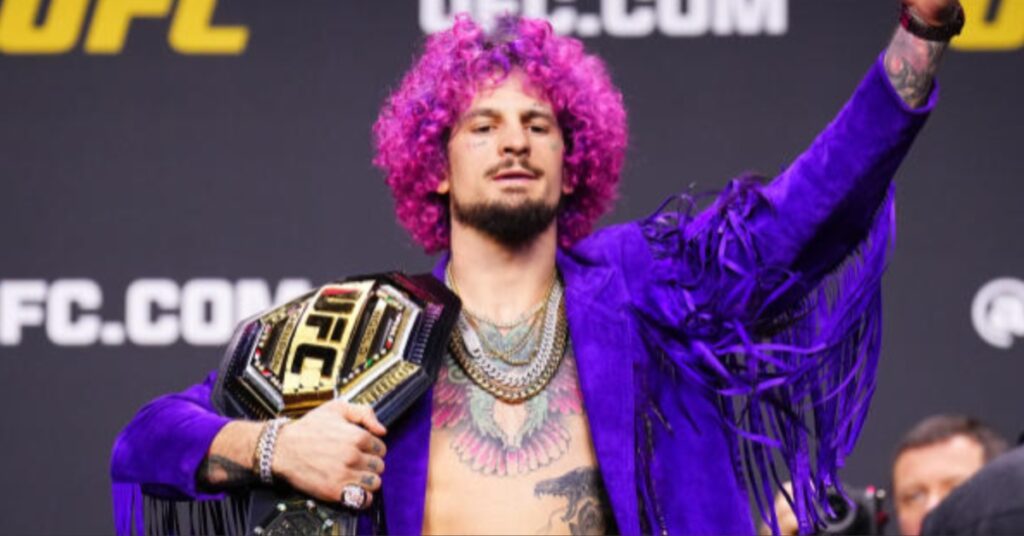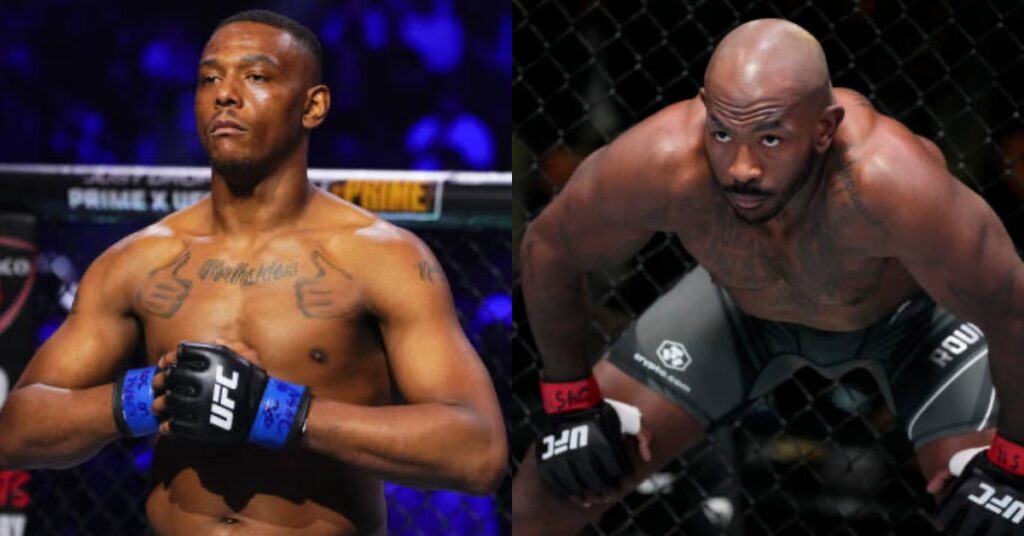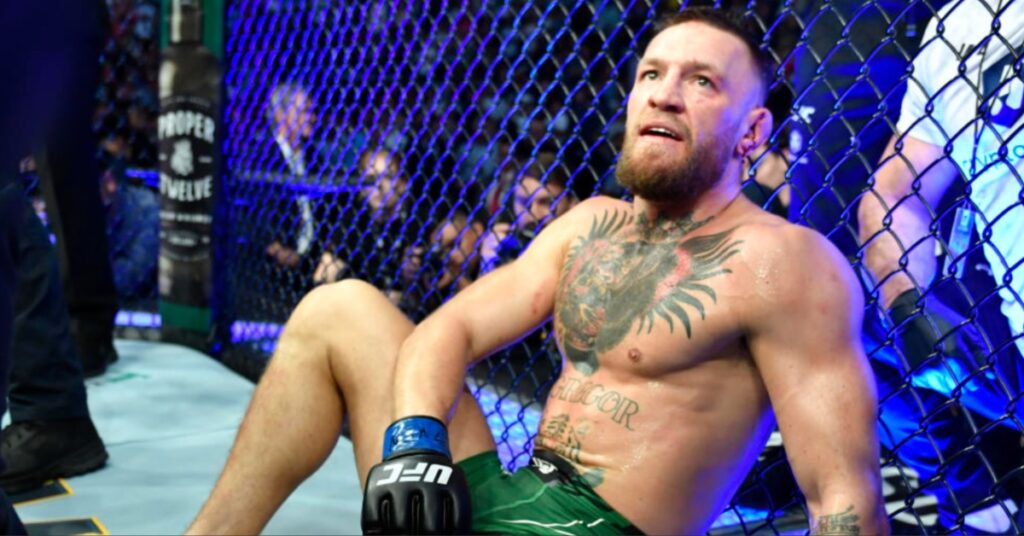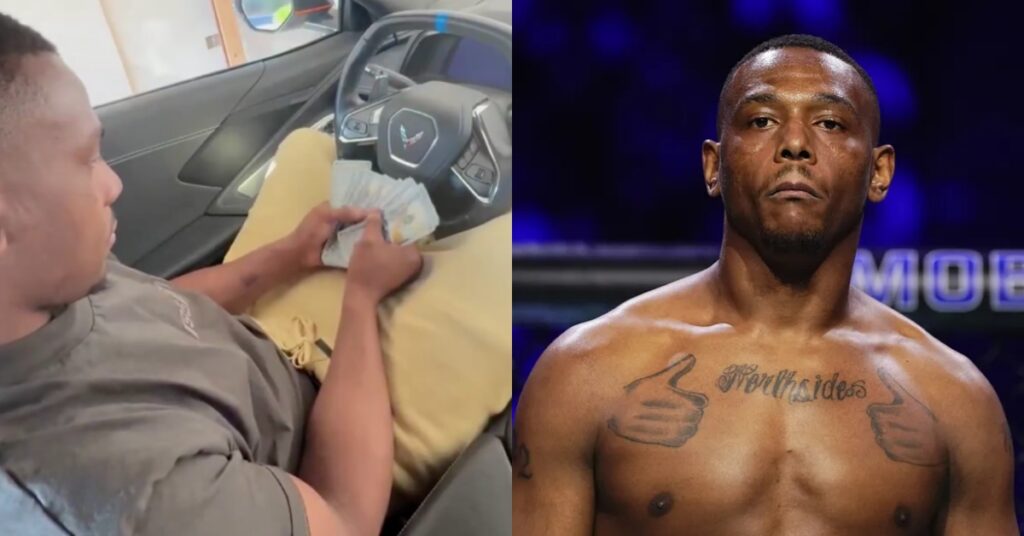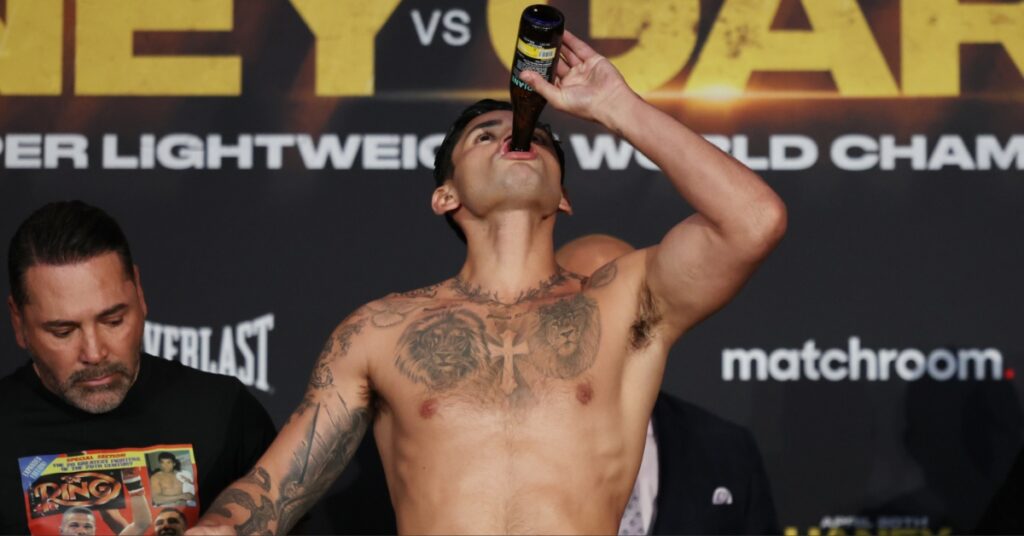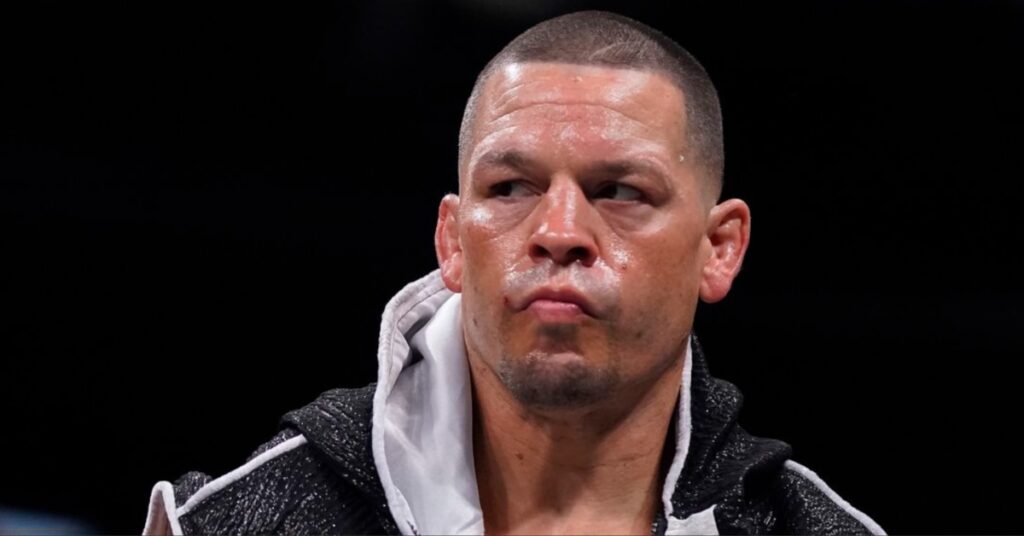MMA’s Catch-22 Drug Trap: Why So Many Fighters Fall Into Addiction

(MMA competition can provide the stability necessary for a person to beat addiction. It can also create the physical and emotional chaos that leads to drugs in the first place.)
By Santino DeFranco
For months I’ve wanted to get started on an article discussing drug use among MMA athletes, but just haven’t gotten my fingers to the keyboard. For some reason, after seeing Dennis Siver’s positive test for HCG recently — probably the least worrisome drug I’ve ever seen someone test positive for — I’ve decided to get going with it.
In addition to the positive tests for performance enhancing substances that we’ve seen dozens of times in this sport, there has been an alarming number of positive drug tests for recreational and prescription drugs as well. We’ve also seen countless fighters wage personal battles with substance abuse outside of the ring/cage, with several ending in death — accidental as well as suicide. It’s the recreational drugs and prescription painkillers that have caught my attention as something that may need to be addressed.
After seeing so many fighters struggle with drug abuse over the years like Joe Riggs, Drew Fickett, Karo Parisyan, along with those that have passed away from drug-related circumstances like Shane Del Rosario and Shelby Walker, I started to wonder: Is MMA leading athletes to become addicted to drugs, or are people who are more prone to drug use entering the world of mixed martial arts?
What I found out is that the answer to both previous questions is yes. Those more prone to use drugs do enter MMA, and MMA in return, leads those to use drugs and subsequently become addicted to them. It’s a hell of a lot more complex than that, but simply put, MMA fighters, as well as boxers, are kind of screwed.
First, lets take a look at the “those prone to drug abuse enter MMA” concept. In a 2009 article for the Dana Foundation, Brenda Patoine wrote, “There is a well-established relationship between high sensation-seeking and drug use.” Virtually every expert on the subject agrees that there is a relationship between “thrill seeking” — whether that be sex, drugs, bungee jumping or trying new things — and drug abuse. It sure makes sense, doesn’t it? If you’re searching for adrenaline you go to a high spot, jump off of it, and pull a parachute. You land, are filled with endorphins, dopamine and serotonin and feel damn good. But, then you want that feeling again. So you go to the same elevated spot and repeat the process, but this time it’s not the same; it doesn’t feel quite as good. So, you find a higher spot or crazier landing strip or whatever you need to do to make the jump more exciting to replicate the same feeling of euphoria as before.
Sounds kind of like the beginnings of any drug addiction, huh? Well, that’s because it is. Not only just the process, but the chemicals as well. And considering that both drug-addiction and thrill-seeking behavior increase activity in the insular cortex, and both are highly dependent upon dopamine, it’s hard not to see the similarities. Since our brains are pushing us in the direction of thrill-seeking behavior, in the form of jumping into a cage and fighting another human behind a closed chain-linked fence, we are already predisposed to the types of behaviors that lead to drug abuse.
This is where the real fun begins.
Now that the thrill-seeking, predisposed, drug-addict is training and competing in MMA he or she sustains countless injuries, and is prescribed what? That’s right, painkillers — opiates. A substance that releases the same chemical in the brain as the thrill of fighting in front of others or jumping off of buildings, but this time, the person doesn’t even have to get up off of the couch. Pop the pill, the pain’s gone, and the same feeling of euphoria is there! Yay! Except, at some point addiction sets in, and then the person doesn’t even want to get high, he just wants to avoid the physical withdrawals of the drug — not fun at all. A few to test positive for opiates during post-fight drug tests include Bas Rutten, Karo Parysian, James Irvin, and Chris Leben. Those are just a few who have tested positive, and doesn’t include all of the assorted pills flying around the mouths of fighters while not in camp.
But maybe the fighter is lucky, and he avoids any serious injuries. He’ll be okay, right? If I were a magic 8-ball I’d say, “The odds are not in his favor.” The reason? The stresses of professional sports on an athlete are insane. There are the constant physical demands, but there are a ton of mental demands too. There’s the amazing high of victory (getting your hand raised in the cage after a long camp), and trying to recreate that feeling. Then, there’s the depression of losing, and trying to eliminate that feeling. In MMA, there are the anxieties of paying bills and having to pull out of fights due to injury, or maybe your opponent pulls out, or the show doesn’t pay you, or any number of things that lead you to pull your hair out, which is probably why so many fighters shave their heads.
In all seriousness, though, the demands of the spotlight projected on professional athletes are very hard to deal with, and not just in MMA, but in all sports. Olympic swimmer Amanda Beard’s swimming career was haunted by clinical depression, bulimia, and drug and alcohol abuse according to a 2012 article written for Bloomberg, which also mentions Australian Olympian Geoff Huegill‘s strugle with depression and substance abuse. All of those bouts of depression and anxiety, coupled with the availability of drugs, can lead one to a slippery slope — and that’s not even mentioning the involvement of steroids, which are known to cause depression when athletes cycle off of them. I’ve personally come into contact with many fighters that have claimed bouts of depression, and recently Bellator champion Pat Curran has come out publicly discussing his own bouts of depression.
And it continues. Yes, there is even another tie between fighters and drug use. Insane, right?
Most of the previous reasons for MMA athletes to fall victim to drug abuse can be applied to other sports, but this next point is very specific to combat sports athletes who receive repeated blows to the head as part of the job. Chronic Traumatic Encephalopathy (CTE) is real and it’s finally starting to get the recognition as a major downfall of professional sports, especially football and any form of pugilism.
CTE, as defined by the Sports Legacy Institute] is “a progressive degenerative disease of the brain found in athletes (and others) with a history of repetitive brain trauma. This trauma, which includes multiple concussions, triggers progressive degeneration of the brain tissue, including the build-up of an abnormal protein called tau. These changes in the brain can begin months, years, or even decades after the last concussion or end of active athletic involvement. The brain degeneration is associated with memory loss, confusion, impaired judgment, paranoia, impulse control problems, aggression, depression, and, eventually, progressive dementia.”
Many suffering from CTE aren’t even aware that CTE exists, let alone are aware that they may be suffering from it. Instead of seeking professional treatment, drugs and alcohol regularly are used to treat the symptoms, creating more problems, and, often times, leading to deeper addiction.
So, there you have it: MMA fighters are screwed. Though maybe it doesn’t have to be that way. If we demand that our athletes be drug free, we sure as hell need to guarantee that fighters are aware of the problems that may occur with substance abuse in their chosen sport. Coaches need to make sure fighters are able to distinguish between minor aches and pains, and real injuries. Coaches also need to be able to recognize a fighter who has been consuming too many substances, whether those happen to be painkillers, alcohol, recreational drugs, or steroids. Athletes need to be educated about the pitfalls and dangers of drug use, and be aware of what they are putting in their bodies in general. They also need to be cognizant of the strains the sport will place on a person, and that they aren’t supermen, regardless of how dominant they are in the cage; help is available to anyone, and we often need it. Doctors need to focus more on preventative medicine than prescription medicine, and be aware of the drug-seeking signs exhibited by the addicted. And, last, fans need to have a little compassion too. Fighters, and athletes in general, are people just like everyone else. We all have our problems.
It seems that there isn’t one single reason why fighters are prone to becoming addicted to alcohol and drugs, just as there isn’t one single reason anyone becomes addicted to anything, but a myriad of factors play a role — more-so for athletes, especially those that get punched in the face for a living.
Santino DeFranco is a retired MMA fighter who you may remember from his stint on TUF 9, and accompanying fighter blogs for CagePotato. He’s been writing a lot lately. You can follow him on twitter at @tinodefranco.

